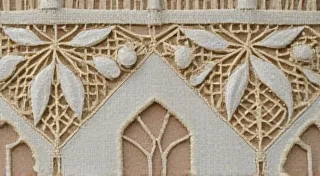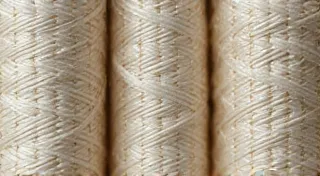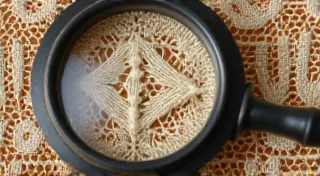The Influence of Flemish Floral Motifs on Bobbin Lace Design
Bobbin lace, a testament to human artistry and ingenuity, rarely exists in a vacuum. Its development and evolution are deeply intertwined with the cultural landscape from which it arose. While the technique itself spread across Europe and beyond, the patterns and motifs adorning these intricate textiles often reflect the unique cultural stories, beliefs, and artistic sensibilities of the lace-making region. This article explores the significant influence of Flemish floral motifs on the design of bobbin lace, particularly during the 16th and 17th centuries.
A Flourishing of Flemish Art and Lace
Flanders, encompassing parts of modern-day Belgium and the Netherlands, experienced a golden age during the Renaissance. This period saw a surge in artistic innovation, fueled by wealthy merchants and patronage. The Dutch Masters, renowned for their realistic depictions of landscapes and still lifes, significantly impacted the aesthetic of the era. This artistic climate profoundly affected bobbin lace design. Previously, lace patterns tended to be simpler and more geometric. With the rise of Flemish art, floral designs became increasingly popular, mirroring the abundant still-life paintings featuring bouquets and gardens.
Flemish botanical art was characterized by meticulous observation and a desire to accurately represent the beauty of the natural world. This emphasis on realism permeated lace design. Lace makers began to replicate the forms and arrangements of flowers, leaves, and branches with remarkable fidelity. While complete reproduction was impossible given the limitations of the bobbin lace technique, the resulting designs captured the essence and spirit of Flemish floral art.
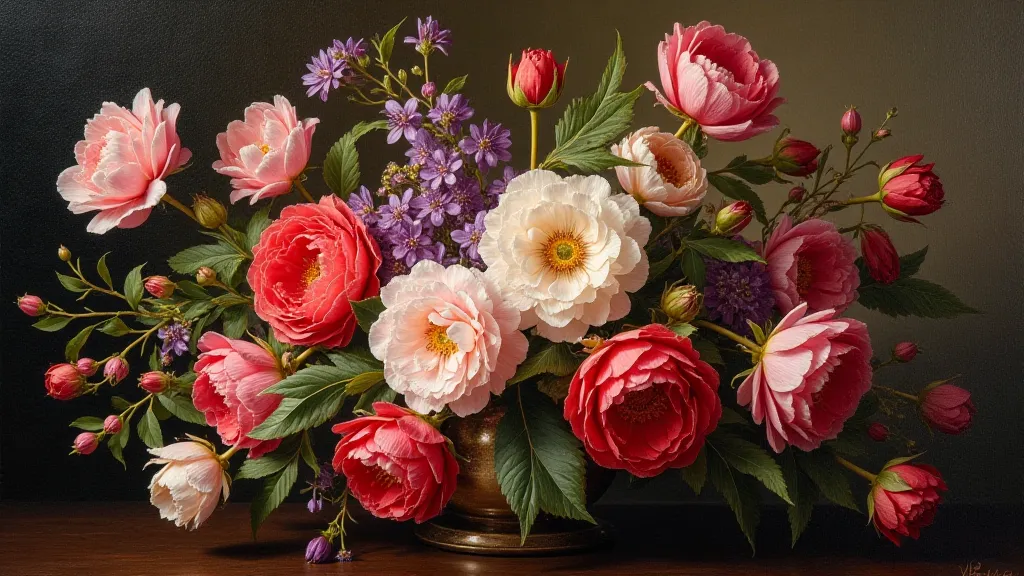
Common Motifs and Their Significance
Several floral motifs commonly appear in antique bobbin lace originating from Flanders and surrounding areas. These are not simply decorative; they often carry symbolic meaning derived from Flemish cultural traditions.
The way these motifs were arranged within the lace design also carries meaning. For instance, repeating patterns often reflected the rhythm and structure of Flemish folk songs and dances. Complex, asymmetrical compositions might signify the complexity and unpredictability of life. Understanding how these elements contribute to the overall aesthetic is key, and those interested in delving deeper into the nuances of antique lace might find the regional variations in bobbin lace incredibly informative.
Beyond the specific flora, the construction of the lace itself tells a story. The complexity of the patterns, the fineness of the thread, and the overall execution reflect the skill and resources available to the lacemaker. Furthermore, to truly appreciate a piece, it’s important to grasp the basic language of lace – learning the terminology of bobbin lace makes the identification process much easier.
The value placed on lace wasn’t solely about its beauty; it was often a sign of social standing and a treasured heirloom passed down through generations. The materials used were also significant; fine linen or silk threads were highly prized, signifying luxury and prestige. These factors further emphasize the cultural weight carried by these delicate textiles.
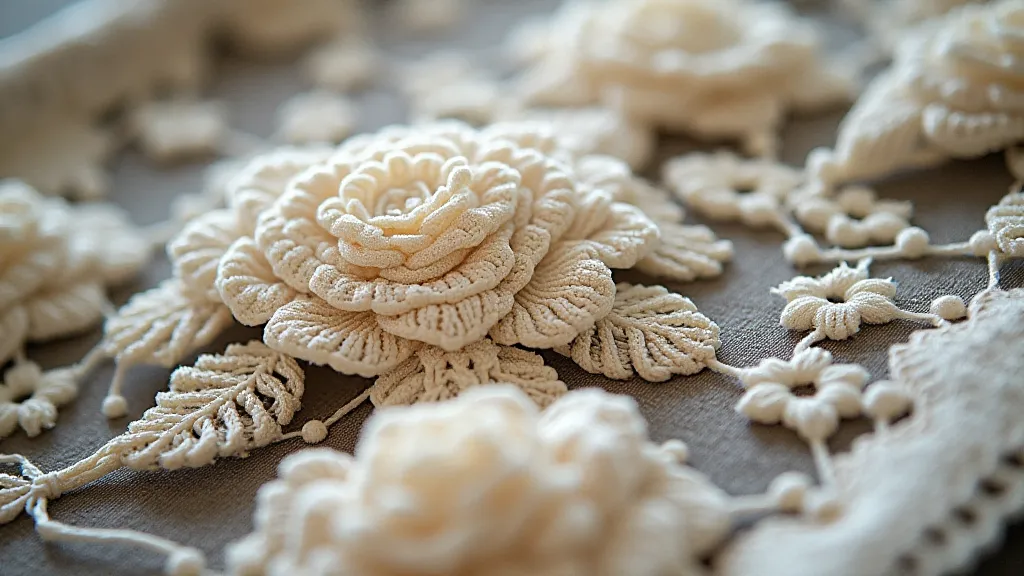
Regional Variations and Legacy
While the overarching influence of Flemish floral art is evident, regional variations exist within the broader area. Lace from Bruges, for example, might exhibit a more refined and delicate style, while lace from Ghent could display a more robust and practical design. These differences reflect the local economic conditions and cultural preferences of the specific regions. The distinctions often depend on the intended use of the lace as well – some regions specialized in bridal lace, others focused on household linens.
The skill and expertise weren't confined to Flanders. The techniques and designs spread across Europe, and later to the Americas, adapted and reimagined by generations of lacemakers. Consider how the same floral motifs appear in English or French lace, albeit with subtle changes in style and arrangement. This transcultural exchange illustrates the interconnectedness of artistic traditions.
The materials used were often dictated by local resources. While linen was a common choice, some regions utilized cotton or even silk, creating a wider range of textures and appearances. The availability of dyes also influenced the color palettes, contributing to the distinct character of regional lace.
The impact wasn's limited to wearable items. Flemish lace also played a significant role in interior decorating during its peak in popularity. Think of intricately decorated curtains, tablecloths and other fine household items. If you are interested in the creative ways that antique lace is utilized in the home, looking at bobbin lace in home decor examples might inspire your own projects.
The legacy of Flemish floral motifs extends far beyond the 17th century. Even today, contemporary lace designers draw inspiration from these historic patterns, demonstrating their enduring appeal and relevance. The principles of balance, symmetry, and the skillful manipulation of texture and negative space remain timeless.
For those just starting to appreciate antique lace, one key challenge is understanding how to accurately date a piece. The style, motifs, and construction techniques can be clues, but require a keen eye and some knowledge of historical context. Learning to date bobbin lace is a valuable skill for collectors and enthusiasts.
The identification process isn’t simply about recognizing floral motifs; it’s about understanding the entire cultural context that shaped the piece. It's about recognizing the subtle variations in style and construction that reveal the region of origin, the period of manufacture, and the skill of the lacemaker.

Preserving the Story Through Identification
Understanding the cultural influences behind bobbin lace designs is crucial for accurate identification and appreciation. Recognizing the presence of specific floral motifs, and considering the region of origin, can provide valuable clues about the lace’s age, purpose, and history. Careful observation and research are essential for unraveling the captivating stories woven into these delicate works of art. The intricacies of identifying the era, and sometimes the very hand of the artisan, requires meticulous attention to detail.
Beyond the visual characteristics, the condition of the lace provides important clues about its history. Signs of wear and repair, the presence of stains or discoloration, and the type of storage it has experienced can all contribute to a more complete picture of its past. Expert examination of fibers and dyes can also reveal surprising information about the materials and techniques used.



